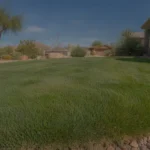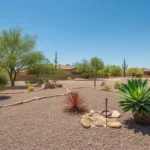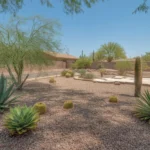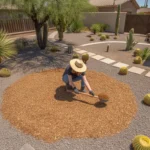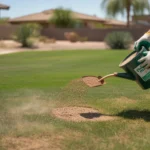As the scorching Queen Creek summer reaches its peak, your shade-loving plants may be craving a nutrient boost to power through the season. Late-summer fertilizing can be the key to rejuvenating dry-soil plants and ensuring a lush, thriving landscape well into fall. Discover the secrets to properly nourishing your shade garden for optimal health and beauty.
Understanding the Needs of Shade-Loving Plants
Shade-loving plants have unique nutritional requirements compared to their sun-worshipping counterparts. While they may not demand as much water, they still need a steady supply of essential nutrients to maintain healthy growth. In Queen Creek’s arid climate and dense soils, these plants often struggle to access the nourishment they need.
Common shade plants like hostas, ferns, and impatiens benefit greatly from a late-summer feeding. The extra nutrients help them recover from the stress of intense heat and low moisture, promoting lush foliage and vibrant blooms. Well-fertilized plants are also more resilient against pests and disease.
When selecting a fertilizer for your shade garden, look for a balanced formula with equal parts nitrogen, phosphorus, and potassium (NPK). A slow-release organic fertilizer is ideal, as it provides a steady nutrient supply without overwhelming the plants or burning their delicate roots.
Preparing the Soil for Optimal Nutrient Uptake
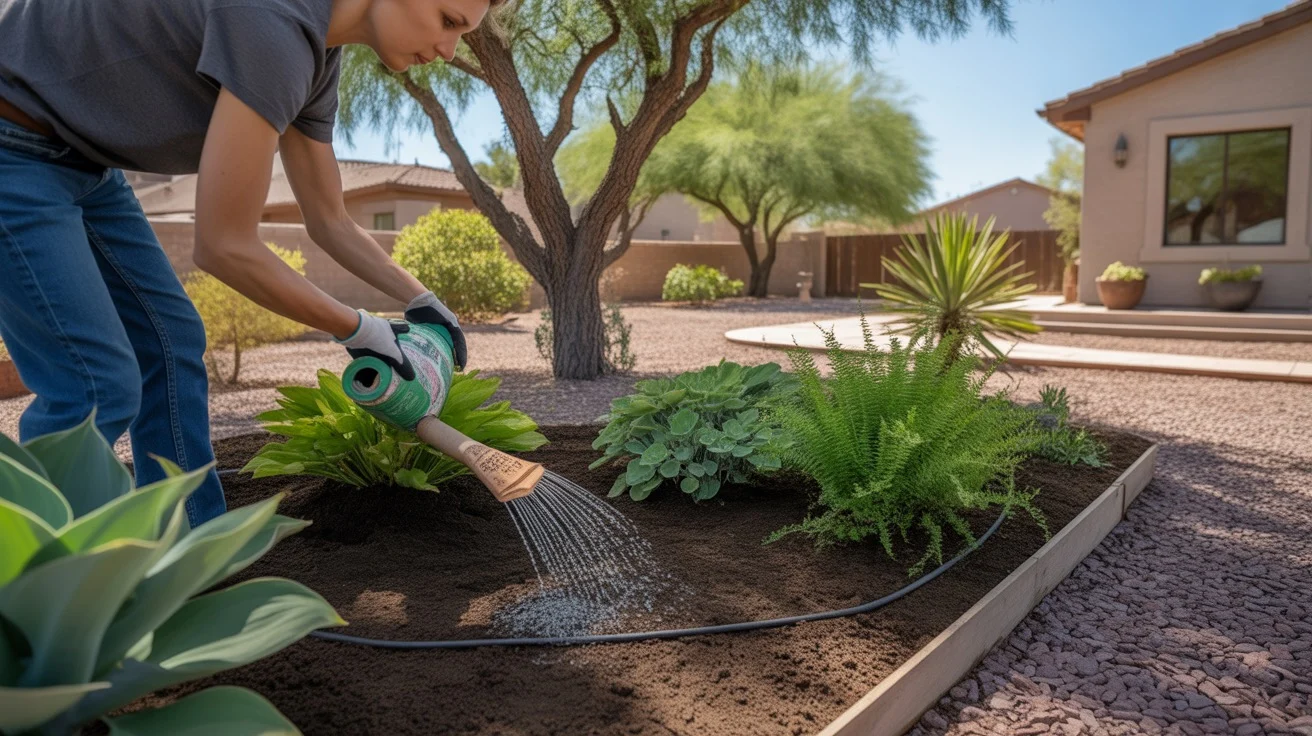
Before applying fertilizer, it’s crucial to assess and improve your soil’s condition. Queen Creek’s clay-heavy soils can become compacted over time, hindering root growth and nutrient absorption. Gently loosen the top few inches of soil with a hand cultivator or garden fork, taking care not to damage the plant roots.
Mix in a generous amount of organic matter, such as aged compost or well-rotted manure. This will improve soil structure, increase moisture retention, and provide a nutrient-rich environment for your plants. If your soil is particularly dense or alkaline, consider adding a layer of peat moss to help acidify and aerate the soil.
Proper soil preparation enhances the effectiveness of your fertilizer application. Loose, well-draining soil allows the nutrients to reach the plant roots more easily, promoting robust growth and vibrant foliage.
Applying Fertilizer Effectively
When it comes to fertilizing shade plants, less is often more. Over-fertilizing can lead to excessive growth, weak stems, and increased susceptibility to pests and disease. Follow the manufacturer’s instructions carefully and err on the side of using less rather than more.
For most shade-loving plants, a light application of balanced fertilizer every 4-6 weeks during the growing season is sufficient. Sprinkle the fertilizer evenly around the base of each plant, extending to the drip line (the outer edge of the plant’s foliage). Avoid getting fertilizer on the leaves or stems, as this can cause damage.
After applying the fertilizer, water the area thoroughly to help distribute the nutrients and prevent root burn. A deep, slow watering is best, allowing the moisture to penetrate several inches into the soil. Apply a layer of organic mulch to retain moisture and suppress weed growth.
Monitoring and Adjusting Your Fertilizing Regimen
Keep a close eye on your shade plants after fertilizing, observing their growth and overall health. Lush, deep green foliage and robust growth are signs that your fertilizing efforts are paying off. If you notice yellowing leaves, stunted growth, or other signs of distress, it may indicate a nutrient deficiency or imbalance.
Adjust your fertilizing schedule and application rates as needed based on your plants’ response. Some shade plants, like azaleas and camellias, may require more frequent feeding due to their shallow root systems and acidic soil preferences. Others, like hostas and ferns, are more forgiving and can thrive with less frequent fertilizing.
Remember that every garden is unique, and what works for one may not work for another. Experiment with different fertilizers and application methods until you find the perfect balance for your Queen Creek shade garden.
Companion Planting and Nutrient Sharing
Another secret to success with shade-loving plants is companion planting. Certain plants have the ability to fix nitrogen in the soil, making it more readily available for their neighbors. Planting nitrogen-fixing species like clover, peas, or beans alongside your shade plants can help nourish the soil naturally.
Other companion plants, like comfrey and yarrow, are known as dynamic accumulators. They have deep taproots that mine nutrients from the subsoil, bringing them to the surface where shallow-rooted shade plants can access them. Chop and drop these companion plants as a nutrient-rich mulch around your shade garden.
By fostering a diverse ecosystem of companion plants, you can create a self-sustaining cycle of nutrients that supports the health and vitality of your entire shade garden.
Embracing the Beauty of a Well-Fertilized Shade Garden
A thriving shade garden is a true oasis in the heart of Queen Creek’s desert landscape. By unlocking the secrets of late-summer fertilizing and catering to the unique needs of your dry-soil, shade-loving plants, you can cultivate a lush and vibrant outdoor space that defies the harsh summer conditions.
Remember, the key to success lies in understanding your plants’ requirements, preparing the soil properly, applying fertilizer judiciously, and monitoring your garden’s response. With patience, care, and a bit of experimentation, you can create a stunning shade garden that showcases the beauty and resilience of nature, even in the toughest of climates.
So embrace the power of late-summer fertilizing and watch as your Queen Creek shade garden transforms into a verdant paradise, brimming with life and beauty. Your plants will thank you for the extra TLC, rewarding you with lush growth and vibrant colors that endure long into the fall season.






